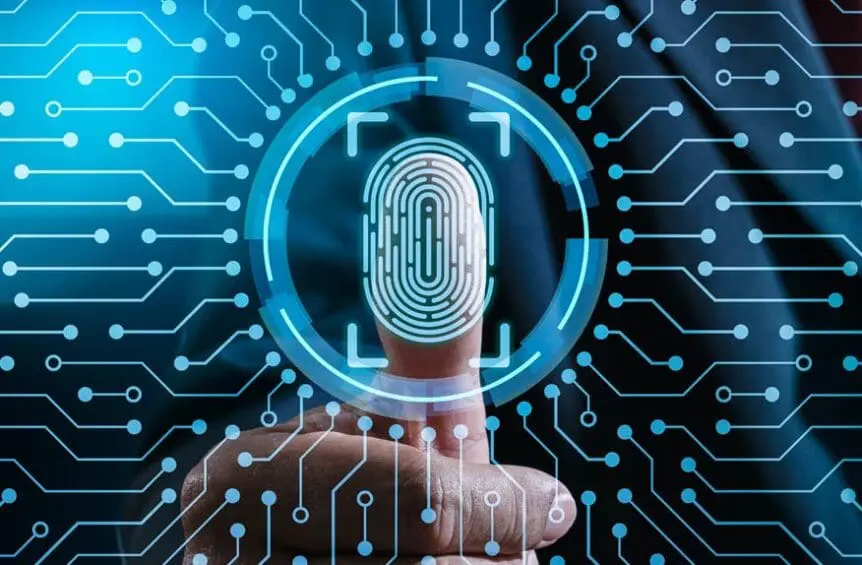How Fingerprint Biometrics Are Enhancing Security in Europe’s Tech Ecosystem


In today’s digital age, where most operations are conducted online and over the internet, cyber threats, data breaches, and other security issues have become a significant concern. For resolving such issues, users and employees are often advised to keep strong passwords for their accounts, but still, such methods are not one hundred per cent effective. Thus, Fingerprint biometrics emerges as one of the best methods to secure sensitive information and to verify a person’s identity quickly and conveniently.
Understanding Fingerprint Biometrics and Their Rise in Europe
In Fingerprint biometrics, the unique patterns of ridges and lines on an individual’s fingers are scanned, and they are unique for every person. Even the real twins can’t have the same fingerprints, and thus, it becomes a very effective technique for verifying a person, thereby enhancing digital security. The fingerprint technology is now used extensively in smartphones, laptops, ATMs, security doors, and even by NetBet casino online platforms. The main purpose of using this technology is to provide access to the services to the authorised person only.
Europe has witnessed a tremendous increase in demand for secure and efficient digital services over the last decade, to which the General Data Protection Regulation (GDPR) was implemented in 2018. It provided a legal framework for the collection and utilisation of fingerprints and encouraged businesses and organisations to prioritise fingerprint biometrics for enhanced security.
How Fingerprint Technology Is Used Across Various Sectors
The fingerprint technology has played a key role in enhancing the security of various operations and systems in a wide range of industries in Europe. If we talk specifically about the financial sector, then with the help of fingerprint identification, the mobile banking and ATM services have become safer and more convenient, and they also provide relief to the customers from remembering complex patterns or passwords. Many countries like the UK, Sweden, and others are widely using the fingerprint technology in the healthcare sector for managing the patient’s records efficiently to provide them with quick identity verification and timely care.
The fingerprint technology is also being used to boost the security in the travel and transport division in Europe. Large airports such as Heathrow Airport in London and Schiphol Airport in Amsterdam are implementing fingerprint biometric authentication to confirm passengers during check-in and flight boarding, thereby providing an additional level of security. In the business world, the fingerprint technology has been made possible for diverse reasons such as office access, marking attendance of employees and retrieving sensitive data.
Image Source: Fingerprint Biometrics
The Security Advantages of Fingerprint Biometrics
The fingerprint biometrics offers numerous security advantages when compared to the traditional ways like passwords, pins or patterns, etc. In today’s world, where a person has to remember dozens of passwords, using fingerprint biometrics becomes a very effective tool to quickly verify identity and move forward with the process. Before Biometric authentication, OTP was considered an effective way, but it was also not capable enough to provide advanced security.
No two individuals can have the same fingerprint, and the scanner will only match if the fingerprint is the same as the recorded one, thus providing a very tough layer for enhancing security and preventing unauthorised access. Even if the password or OTP is leaked, if the fingerprint biometric security layer is enabled, there is no chance for unauthorised access.
Privacy and Ethical Considerations in a Regulated Environment
Fingerprint biometrics emerges as one of the most efficient techniques to prevent unauthorised access, but at the same time, it also raises concerns related to its ethical use. For this issue, GDPR provides special rules and guidelines to organisations for the collection, storage and use of fingerprints. The fingerprint cannot be collected without the consent of the person, and they must also be informed about how their data is going to be used in the future.
Apart from this, the fingerprint information is also not uploaded to external servers and remains available only to the user’s device to restrict unauthorised access. The people with medical conditions or worn-out fingerprints might face issues as the scanners cannot scan their fingerprints, and thus, AI-based systems are also being developed to provide convenience regarding such issues.
Final Words
The fingerprint biometrics or the fingerprint verification has been the most significant resource to secure secret information and prevent illegal access. For the past few years, the majority of organisations and industries in Europe have implemented the use of fingerprint biometrics to ensure that even minor chances of robbery or glitches can be avoided. From airports to hospitals, from finance sectors to exam centres, fingerprint biometrics is making the crucial operations safer and more convenient than ever.
The post How Fingerprint Biometrics Are Enhancing Security in Europe’s Tech Ecosystem appeared first on European Business & Finance Magazine.














































